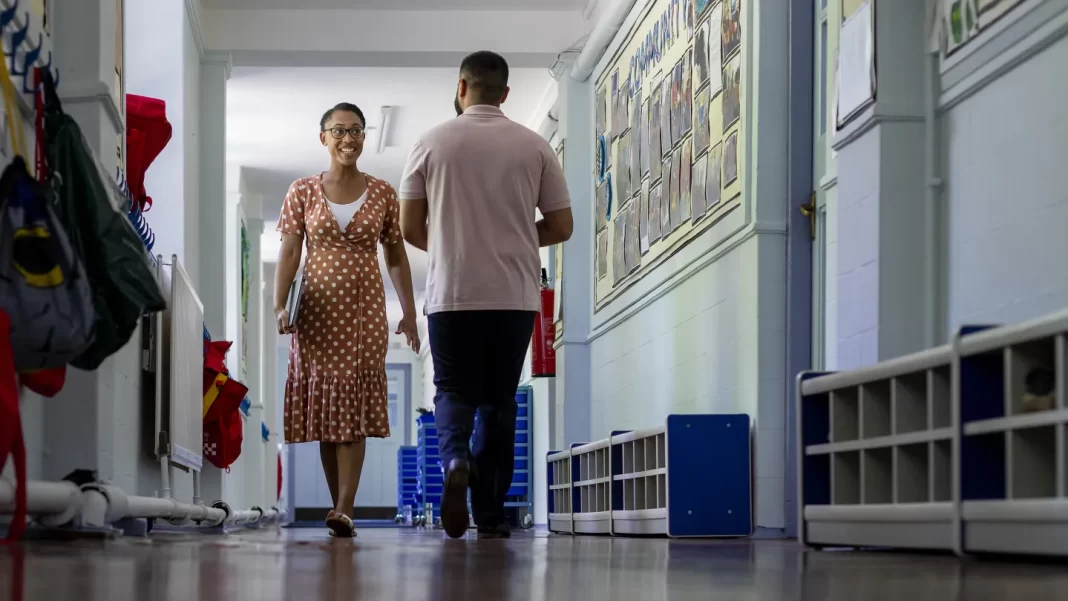When a leader steps away, it’s more than just a logistical challenge to be dealt with: It’s an opportunity for shared leadership and professional growth. Recently, an elementary principal in our district asked me to be on call while he attended our state principal conference. Since my last time as an elementary principal was nearly a decade ago, I saw this as more than just coverage—I saw it as an opportunity to learn. Observing another leader’s school in action gave me fresh insights into leadership strategies, staff dynamics, and student engagement.
Prepare: Set Yourself and the School Up for Success
Of course, covering for my colleague meant I had to make arrangements for things to run smoothly in my absence. Ensuring that a school runs smoothly in your absence—and preparing to step into another leader’s role—requires intentional planning.
Effective coverage starts before you even set foot into another leader’s building. Preparation ensures that the day is productive and minimizes disruptions. Along with a welcome in advance to prepare staff for the change, it’s essential to set expectations for what someone stepping in can do versus what might be best to wait on. Below are a few tips to ensure that you are both ready for the day away.
- Communicate in advance. Connect with the principal beforehand to understand key priorities for the day. Are there specific concerns or areas where extra attention is needed?
- Review the schedule and key information. Familiarize yourself with the bell schedule, staff assignments, and any special events happening that day.
- Identify key contacts. Know who to turn to if you have questions—whether it’s the assistant principal, secretary, or lead teacher. Help staff feel prepared by having the principal introduce you in advance—perhaps with a short note explaining who you are and why you’re there.
- Understand the culture. Each school has its own rhythm and routines. Ask about traditions, behavioral expectations, and any unique aspects that shape the school environment.
Acknowledge: Notice what’s working and what stands out
Stepping into a colleague’s role, even temporarily, builds a culture of trust and collaboration. Take time to observe the systems, routines, and leadership strategies in place. What makes the school run smoothly? What challenges arise in the leader’s absence?
Observing without immediate responsibility allows you to see the school through a fresh lens. At lunch, I learned the value of dunking your grilled cheese sandwich in tomato soup from a third grader. After we ate, I watched an incredible second-grade music concert and an even more fantastic dismissal process. I also had the chance to observe the impressive wraparound support the Multi-Tiered System of Supports team was providing to some kindergarten students.
Watching these moments unfold reinforced the strengths of my own school, reminded me to revisit a few practices when I returned, and sparked fresh ideas for supporting struggling students—all inspired by the dedicated teachers I observed.
Reflect, Apply, and Follow Up
Stepping into another leader’s role provides valuable perspective, even for a day. It strengthens relationships among school leaders, reinforces the importance of professional learning, and reminds us that great leadership is built on collaboration, not isolation.
Whether it’s a fresh approach to communication, a new perspective on school culture, or an exciting operational strategy, time spent in another school is an opportunity to refine your leadership. Even after 17 years as a principal, I’m still learning.
After covering for a colleague, I took time to reflect:
- What surprised me about the experience?
- What did I learn that could enhance my leadership?
- How did the day challenge or affirm my own school’s practices?
Observing another school’s murals sparked ideas for reimagining spaces at our Alternative Learning Center. Watching families welcomed into special events reinforced the importance of creating a warm, inclusive atmosphere—whether a child is 5 or 15. And spending time with younger students reminded me that the energy and joy of early learning shouldn’t be left behind but carried forward into high school.
Consider following up with the principal you covered for—share what you observed and ask how the experience was for them upon their return. This can foster deeper professional relationships and reciprocal learning opportunities in the future. Throughout the day, I sent a few texts updating my colleague on how things were going and what I was learning. I hoped my feedback would remind him that his school was in good hands and that leadership is not a solo endeavor.
When I got back, I was relieved to see that everything was as I’d left it. I’ll admit—I have difficulty stepping away and asking for help. But seeing that the systems I had established worked in my absence was reassuring. The building ran smoothly without me, reinforcing the idea that leadership isn’t always about being present but about building a team that can function well in any situation.
Oh, and that grilled cheese thing? Tried it this weekend—game changer.



